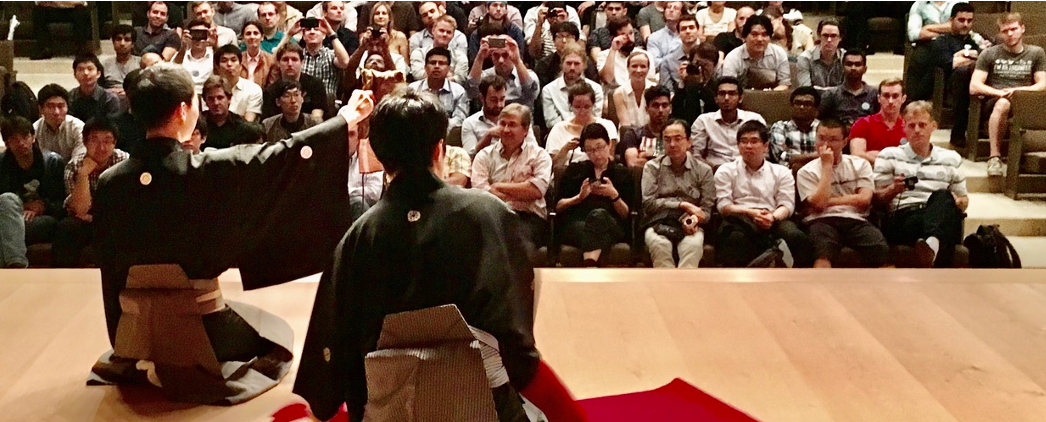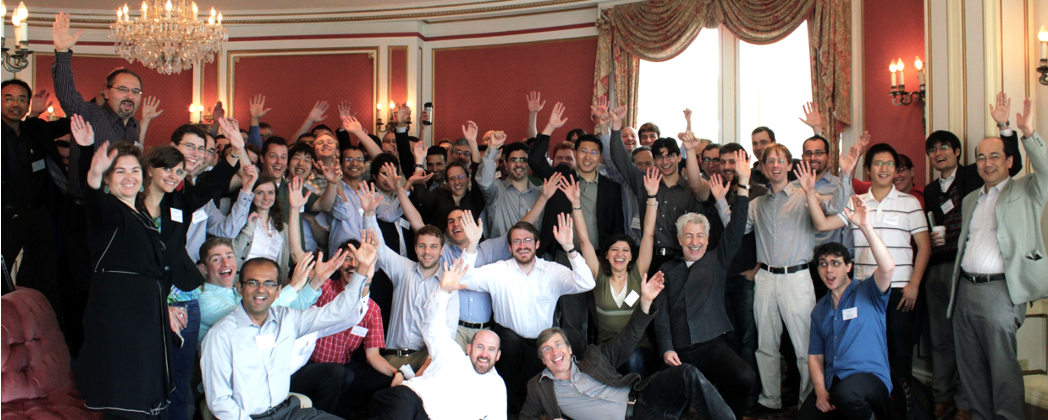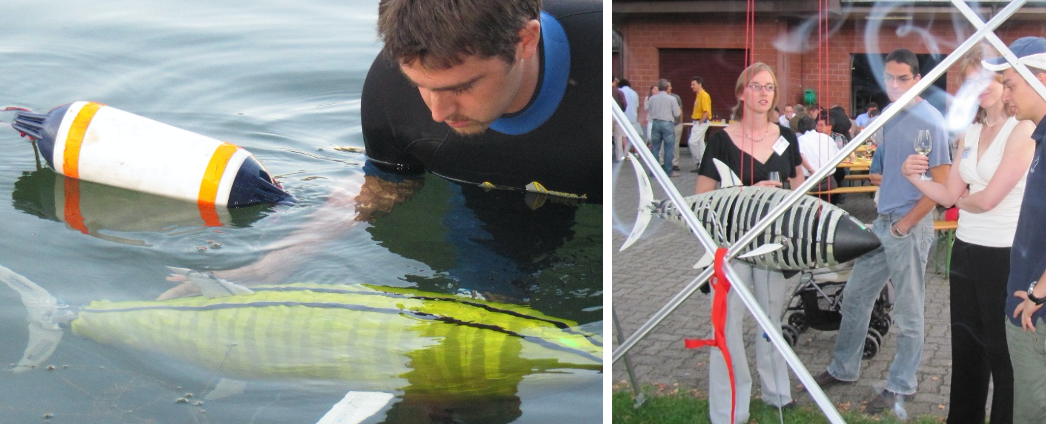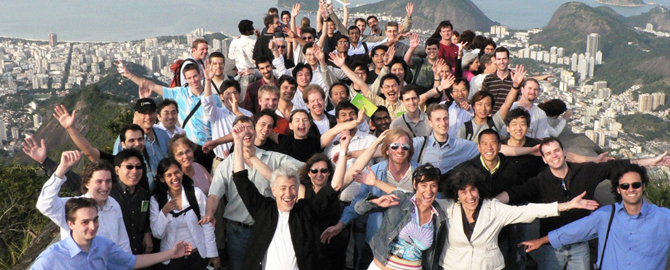Date and time:
Thursday April 1st at 4:00pm (CET) - 7:00am (PDT) - 11:00pm (JST).
Live Stream: Zoom Webinar (https://zoom.us/j/95265641667)
Live questions and discussion: Slido (https://app.sli.do/event/znyx0hv0)
Speaker: Antonio Bicchi
University of Pisa, Italian Institute of Technology
Moderator: Danica Kragic
KTH Royal Institute of Technology
Front Row Participants: Maximo Roa, Aaron Dollar, Aude Billard, Berk Calli, Fabian Paus, Yoshihiko Nakamura
Title: More Robots More Human
Video on Bilibili: https://www.bilibili.com/video/BV15B4y1A7N8/
Video on YouTube: https://youtu.be/49KPbSnWUHQ
Abstract:
The health emergency caused by the Covid-19 pandemic has brought forward the need to carry out work safely even in environments that, previously familiar, have suddenly become potentially hostile. The need first arose in hospitals and retirement homes, but it also became evident in production, logistics, and trade. The need for safety and distancing can be given an incisive response by extending the paradigm of smart working to those jobs that require physical action on people and environments. Robotic technology will relieve people from exposure to risk and fatigue, while leveraging their skills to perform effectively. Collaborative robots and robotic avatars, semi-autonomous intelligent machines that can be sent to dangerous environments to perform highly dexterous tasks, will be able to transfer the irreplaceable skills of operators specialized in critical scenarios, avoiding dangers and physical fatigue. Advances in the field of robotics is enabling the development of machines with increased computational intelligence, exploiting their embodied “physical" intelligence. Informed by neuroscientific models of human behavior in interaction with the physical world, the new robots can safely touch humans and physically act in the environment. New sensing and display tools will bring other senses than just vision to share information on the world between a robot and a human. The fusion of such technologies, together with deeper understanding of how to interface humans and machines, is enabling a new relationship between humans and robots, that is much more of an integration than an interaction in the classical sense. I will consider examples of partial integration, as in prosthetics and rehabilitation, augmentation with exoskeletons and supernumerary limbs, and shared-autonomy robotic avatars, with the robot executing the human's intended actions and the human perceiving the context of his/her actions and their consequences. Finally, we will discuss how human-robot integration could be leveraged to program the machine through ``body language'' instructions which even robotics-naive users could intuitively give.
Antonio Bicchi(Speaker Bio)
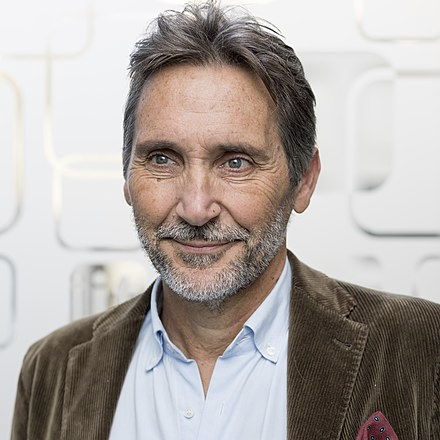
Antonio Bicchi is Professor of Robotics at the University of Pisa, and Senior Scientist at the Italian Institute of Technology in Genoa. He graduated from the University of Bologna in 1988 and was a postdoc scholar at M.I.T. Artificial Intelligence lab in 1988–1990. He teaches Robotics and Control Systems in the Department of Information Engineering (DII) of the University of Pisa. He leads the Robotics Group at the Research Center "E. Piaggio'' of the University of Pisa since 1990, where he was Director from 2003 to 2012. He is the head of the SoftRobotics Lab for Human Cooperation and Rehabilitation at IIT in Genoa. Since 2013 he serves ad Adjunct Professor at the School of Biological and Health Systems Engineering of Arizona State University. His main research interests are in Robotics, Haptics, and Control Systems. He has published more than 400 papers on international journals, books, and refereed conferences. He was the first Editor-in-Chief of the IEEE Robotics and Automation Letters, which he founded in 2015, and is now one of the premier Journals in the field. He has organized the first WorldHaptics Conference (2005). He is a co-founder and President of the Italian Institute of Robotics and Intelligent Machines (I-RIM) since 2019, He is the recipient of several awards and honors. For his research on human and robot hands the European Research Council awarded him with four grants, including an Advanced Grant in 2012 and a Synergy Grant in 2018.

